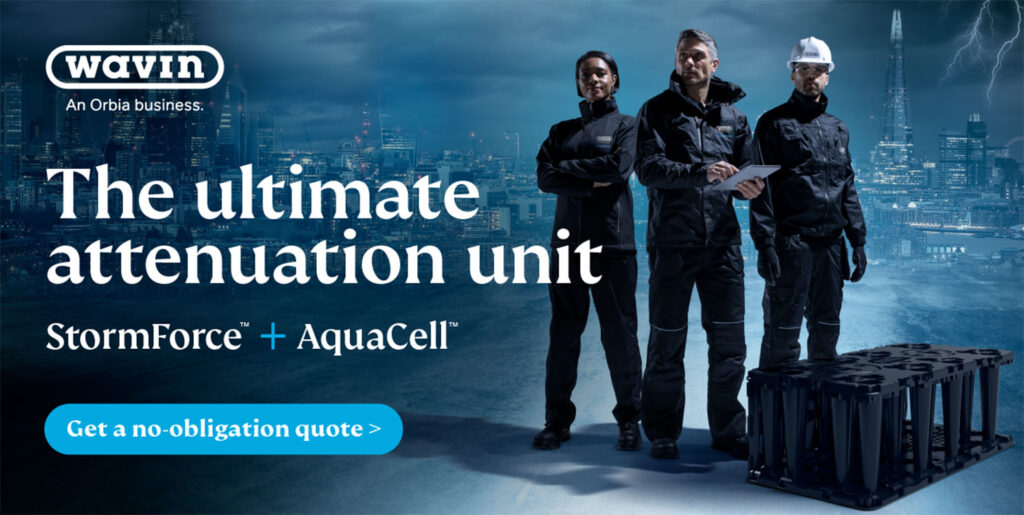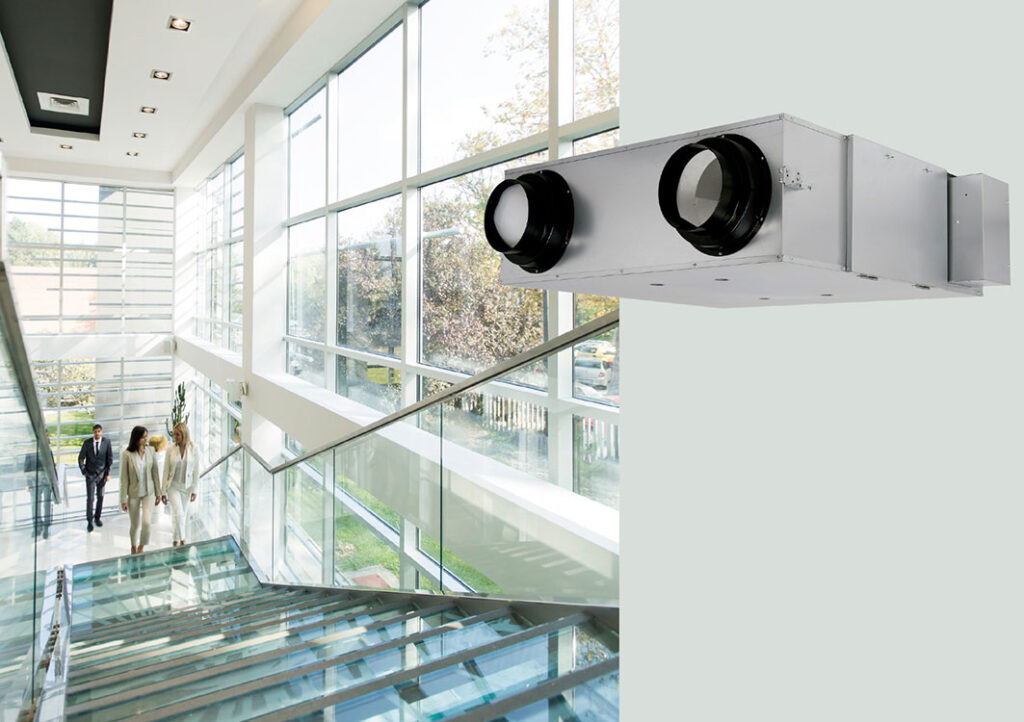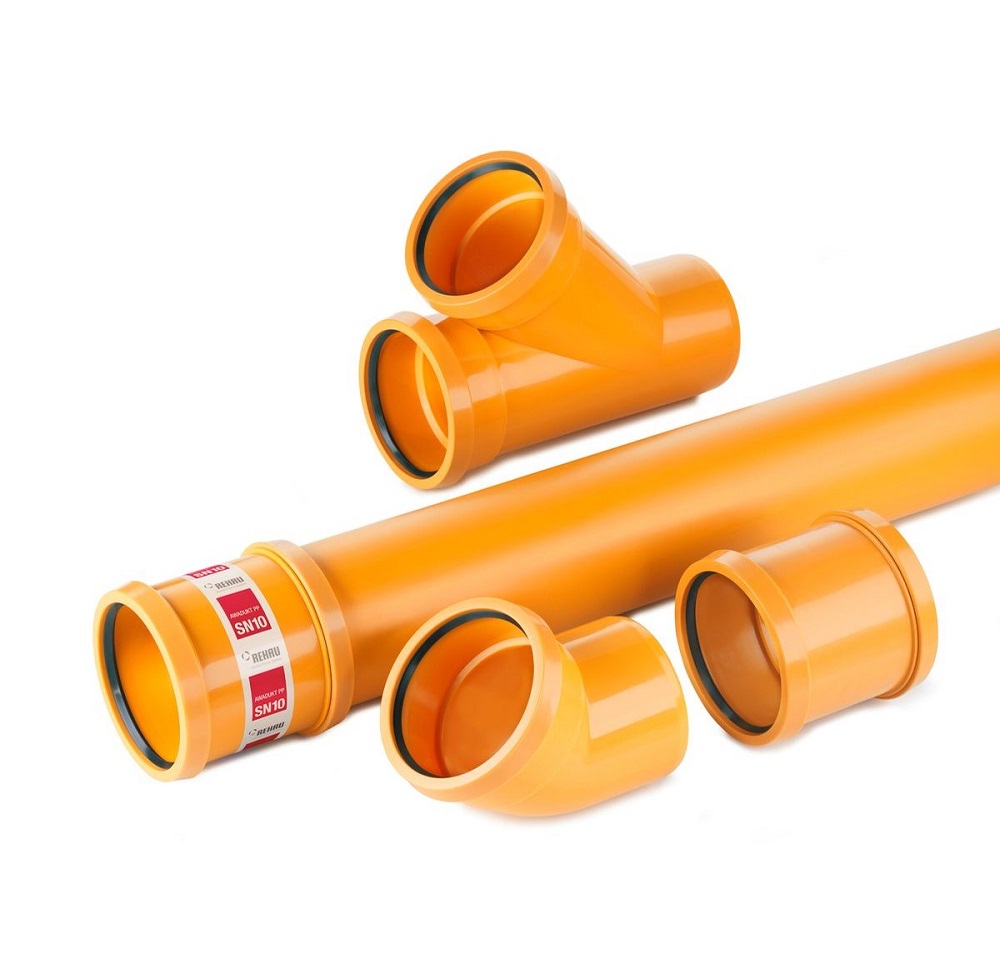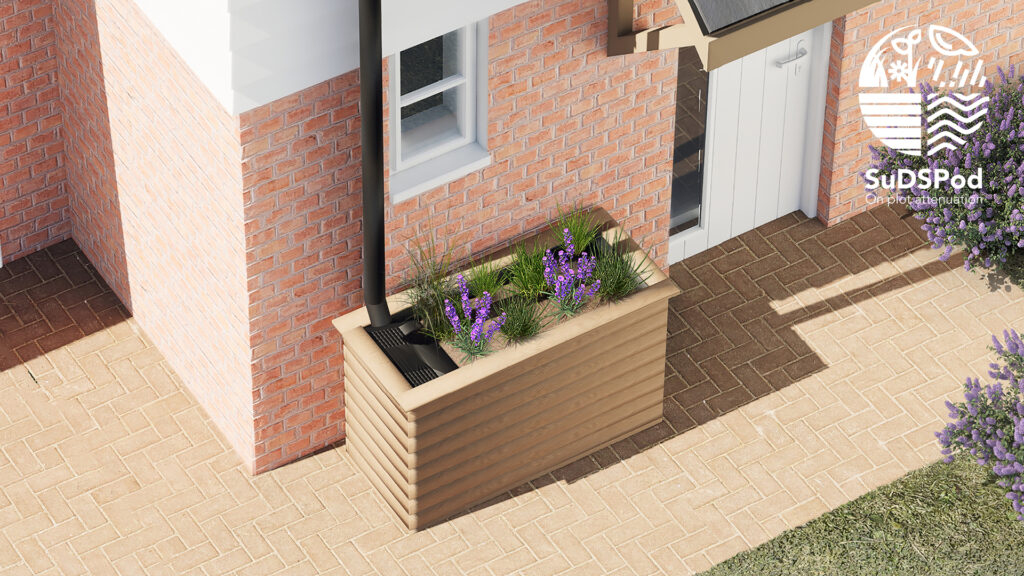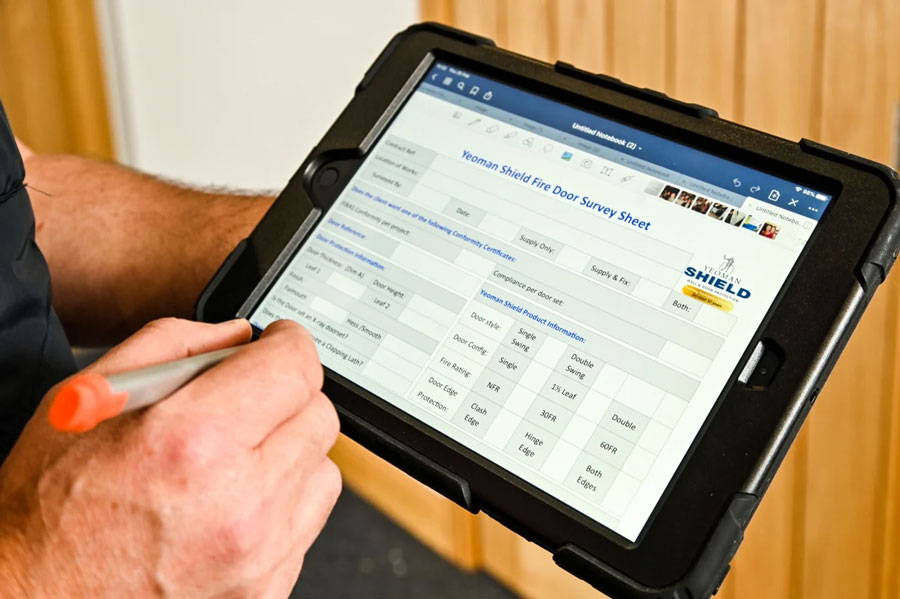Prevention is the cure
Concrete is durable and robust, but its inherent nature – a fluid mixture of aggregate, cement, and water that hardens into a permeable solid – means it remains susceptible to deterioration when subjected to water-borne chemicals, moisture or hydrostatic pressure.
External waterproofing membranes prevent water from penetrating substructures and also protect them from the ingress of chlorides and sulphates from groundwater or moisture in the soil. Defects can occur in any waterproofing installation, so the careful design, planning and skilled application of a proven waterproofing membrane is crucial to limit cracks, leaks and damage, and maintain structural integrity in both the short and long term.
A waterproofing membrane will improve the concrete’s structural performance and durability by providing constant protection from sulphate, chloride and water ingress. The selection of the right material solutions early on in the design stage of any project is important, as it is difficult and costly to remediate concrete cracks and water leakages later. With the consequences of failure numerous – from disputes costs to legal fees, damage liability to loss of rent, business disruption and a whole host of operational delays – the design and specification of the waterproofing system is absolutely vital.
Get the specification right first time and you can prevent water ingress, as well as the many causes of concrete corrosion, with one relatively simple application. An ideal waterproofing barrier for any below ground project with a critical internal environment is the original pre-applied Preprufe waterproofing membrane from Grace Construction Products, which combats the harmful effects of water migration and prevents concrete deterioration before it can begin.
First line of defence
During the lifetime of any structure, some degree of groundwater pressure against the waterproofing system is likely. In particular, for concrete, which is directly or indirectly exposed to sea water, faster and more aggressive deterioration is expected, as well as sulphate attack and chloride induced corrosion in many areas.
Following an initial stage of deterioration, the compromised concrete will then provide additional paths of contamination in the form of cracks and fractures to the reinforcing steel. No matter how small these penetrations, contaminant ingress will be further accelerated to jeopardise the concrete’s structural integrity and dramatically reduce its service life.
For any below ground waterproofing project, the primary objective is to keep water out. However, with a dry internal environment and the external environment remaining wet, the risk of sulphate attack is increased. Due to groundwater carrying sulphates refreshing the reactionary process, concrete composition and microstructure changes cause extensive cracking, expansion and loss of bond between the cement paste and aggregate, leading to an overall loss of concrete strength.
Although continuous developments and innovations in concrete production have created an improved resistance to aggressive ground conditions, without a waterproofing solution the concrete will never be immune from its harmful effects. Concrete can only be fully protected if water infiltration is prevented entirely – with the waterproofing membrane stopping corrosion before it can begin.
Proven track record
When specifying a below ground waterproofing system, there are a number of factors to consider. The membranes will be subjected to chemical, UV, and mechanical damage, all of which can deteriorate and compromise the system’s integrity. Preprufe is the reliable, practical and effective solution to the risks of water ingress and migration on any project, large or small.
Preprufe consists of layers of HDPE film, synthetic adhesives and a weather resistant coating, providing an impermeable barrier in which water, salt and sulphates cannot pass. Unlike other membrane systems, the Preprufe waterproofing membrane does not rely upon hydration processes or swell in contact with water, and can withstand more than a 70 m head of water, including laps. Lightweight, flexible and versatile and waterproof, Preprufe remains sealed to the structure, regardless of any ground settlement.
It can be applied on wet substrates and is immediately ready without protective layers to receive rebar installation, proving to be a faster and simpler application than many other waterproof membranes that need a wide range of ancillary materials to be effective. Preprufe can be installed much faster than a traditional loose-laid PVC system with welded seams and compartments or lower performing fleece attached membranes.
With every new construction project, the impact of waterproofing failure is hugely significant and prevention is better than cure. With the correct waterproofing specification from the start, architects, designers and developers can ensure a design life in excess of 100 years, excellent resistance to aggressive ground conditions and a fast and reliable application that delivers in both the short and long term.















